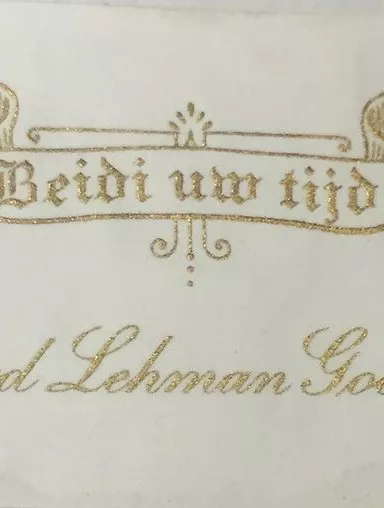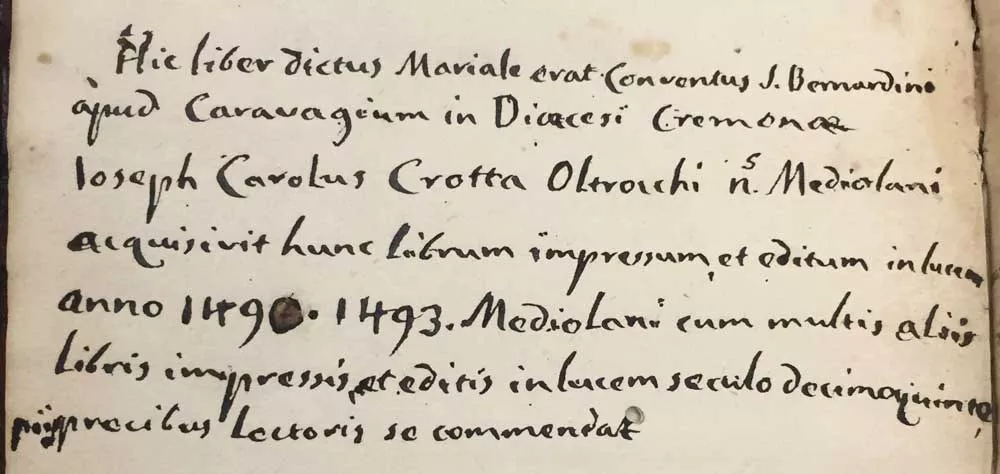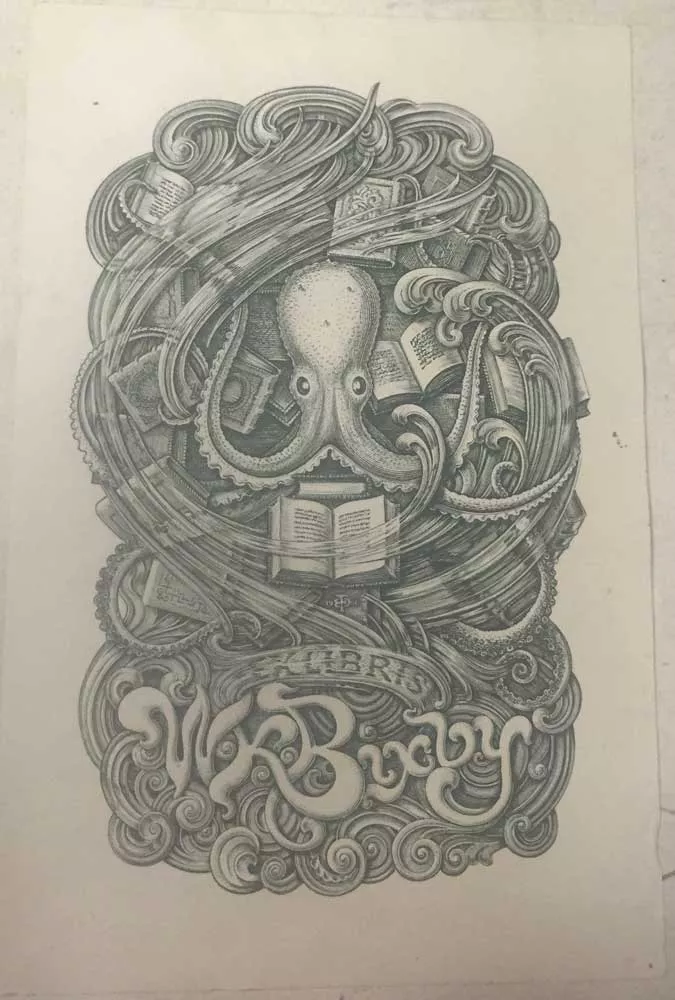
This past summer, Daniel Crosby, M.A. candidate in Classics, traced the history of ownership of 15th-century books in Bryn Mawr's Special Collections. Here, Daniel discusses the project and some of his discoveries:
During the summer of 2016, I worked closely with Bryn Mawr College’s impressive collection of fifteenth-century printed books (incunabula) as an intern in Special Collections. My major projects included the creation of a research guide for the collection that is now available on the College Library website and coordination with the Provenance Online Project (University of Pennsylvania) and Material Evidence in Incunabula (Consortium of European Research Libraries) to compile evidence of provenance from the volumes in the Bryn Mawr collection that are bound contemporary Gothic bindings. These online projects shed light on the dissemination of books and on the contents of certain libraries that are no longer intact, information which can tell us about the literary interests or collecting habits of particular people and institutions in the past. The Provenance Online Project is especially useful in this endeavor, providing a platform (Flickr), which coordinates images and metadata, for crowd-sourcing the identification of marks of provenance that require particular expertise. In this way, specialists around the world who study Renaissance and Early-Modern handwriting, for example, can scroll through the Flickr feed in their spare time and contribute their valuable insights on unidentified marks in books from libraries across the country. My contributions to these projects involved photographing evidence of provenance like stamps, bookplates, inscriptions, and snippets from auction catalogues in Bryn Mawr’s collection of incunabula, and correlating these images on spreadsheets with metadata like information about the book itself, the owner, or the auction house.
In the process of my survey of the incunabula, I discovered two volumes that were previously housed together at the monastery of San Bernardino at Caravaggio. Both bear similar and unusually lengthy Latin inscriptions. They tell of a certain Josephus Carolus of Milan who bought the books in the mid-1490s, which was only a few years after the consecration of the monastery in 1489. What is interesting is that the scribe makes a point of noting in both of these books that they were printed and “issued into the light in the fifteenth century.” Given this odd choice of emphasis on the century in which the books were published, a fact that would have been obvious to Josephus, it is difficult to imagine that he could have been responsible for the inscriptions, although the inscription goes on to say that “he commends himself to the pious prayers of the reader.” Perhaps, Josephus gave these books to the monastery, which then kept notes on the donor and then had the notes inscribed into the volumes themselves at a later date. Regardless of who actually wrote these inscriptions, they appear to me to be fairly early. Can we then take these inscriptions as evidence that incunabula, which are defined as fifteenth-century printed books, were set apart as a special and noteworthy class of books early in the history of the printed book?

